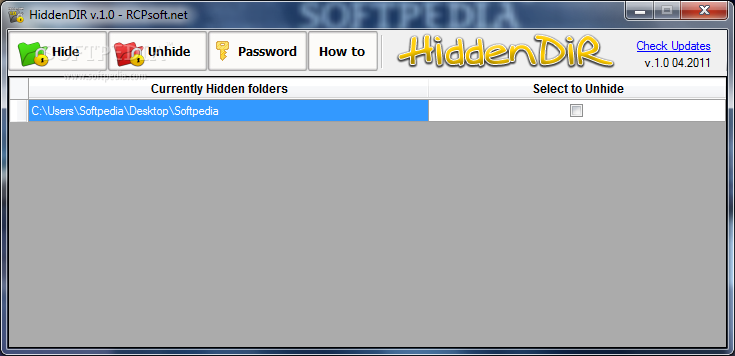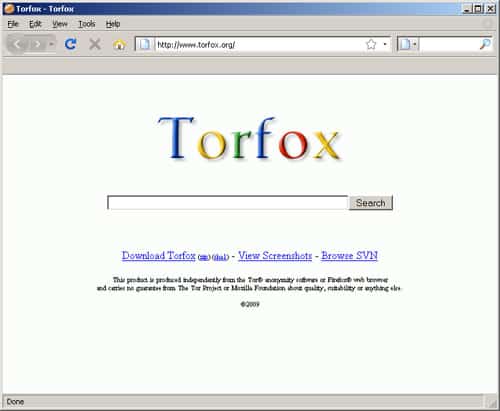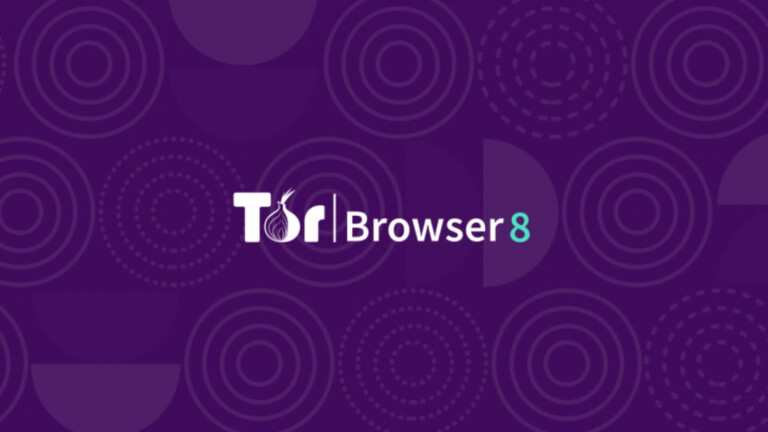

TOR BROWSER .ZIP PDF
TOR BROWSER .ZIP INSTALL
TOR BROWSER .ZIP DOWNLOAD
The PDF exploits CVE-2013-2729 to download a binary which also installed CryptoWall 2.0. Yesterday we picked up an e-mail campaign pretending to be a fax report that carried a. On October 19, the Kafeine posted a blog discussing the inclusion of CVE-2014-0556 in the Nuclear Pack exploit kit, which was installing CryptoWall 2.0. In the last week we’ve seen the attack vectors evolve to contain exploit kits as well. Most of the e-mail attacks used fake invoice, fax and voicemail themes with attachments named like the following: The majority of these have come through e-mails with executable attachments, sometimes contained in. Since we detected the first CryptoWall 2.0 variant with our WildFire engine on September 29, we’ve seen over 85,000 separate attacks attempting to deliver the malware. History has shown that paying the ransom will likely allow you to retrieve your files, but the best defense against ransomware is having up-to-date back-ups or by preventing the infection all-together. To pay the ransom the user will need to acquire 1.33 BitCoins and transfer them to a specific BitCoin wallet that is associated with their specific infection. Unlikely some of it’s more flexible competition, CryptoWall only accepts ransom in the form of BitCoin. If these domains are confiscated or otherwise shut down, CryptoWall instructs the user to download the Tor Browser and access a website (paytordmbdekmizq.onion) that is only accessible over the Tor network.

These use four domains registered just today:Īll of the domains currently resolve to 151.248.115.146, a Russian IP address and have WhoIs records associated with the e-mail address This is the same address used to register two other payment domains registered earlier this month: The green box contains four links that will work only for your system.
TOR BROWSER .ZIP HOW TO
Note that the attacker has given you a few options for how to pay them the ransom. If your system has already been infected with CryptoWall 2.0, you’ll see a pop-up just like this one shortly after the malware has encrypted your documents. CryptoWall isn’t the only threat that communicates over Tor and if your network doesn’t have an explicit reason to allow anonymization networks, you should consider blocking the application altogether with your firewall. This allows attackers to hide their communications and avoid having their C2 servers shut down, but also makes it easy for organizations to block the threat. Unlike previous versions of CryptoWall, 2.0 communicates with its command and control (C2) server through the Tor anonymization network. The attacker holds the key necessary to decrypt the files unless the victim agrees to pay a $500 ransom. Once it is running on a system, CryptoWall 2.0 seeks out document files and encrypts them using the RSA encryption algorithm. Our WildFire analysis platform has picked up 84 CryptoWall 2.0 variants since September 30, delivered primarily through e-mail attachments but also through malicious PDFs and web exploit kits.ĬryptoWall 2.0 is similar to other ransomware attacks that have plagued users and businesses for nearly a decade.

The latest development in the ransomware world is CryptoWall 2.0, a new version of this malware family that uses the Tor network for command and control.į-Secure was the first to spot this new version on October 1, but since then the attacks have ramped up and new variants of the malware are emerging daily.


 0 kommentar(er)
0 kommentar(er)
